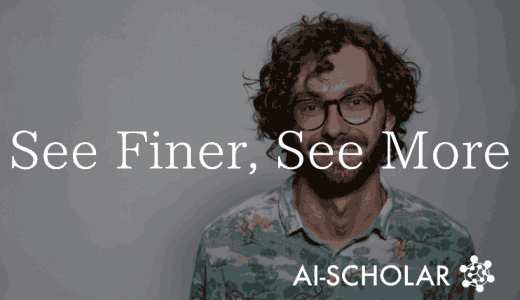Visual Chirality, Which You May Want To Understand In Terms Of The Data Augmentation Technique, Is
3 main points
✔️ Proposes a new concept in data augmentation
✔️ Recognizes left-right reversals that have not been noticed by humans
✔️ Extensions based on this property can be expected to further improve accuracy
Visual Chirality
written by Zhiqiu Lin, Jin Sun, Abe Davis, Noah Snavely
(Submitted on 16 Jun 2020)
Comments: Published by CVPR2020
Subjects: Computer Vision and Pattern Recognition (cs.CV)
Introduction
Data augmentation by left-right flipping is a very common method of data augmentation, and some of you may have used it without paying attention to it. I had been using it pretty much as a matter of course until I read this paper. The authors recognized the principle and the kind of change caused by the left-right flipping of images, but it was not clear what kind of change the left-right flipping caused in the statistical data of the images. I think you can imagine the image. I think many people also think that the statistics of the image will be flipped left and right. The authors easily answer those questions with their We propose a method for quantifying visual chirality. First of all. We'll look at what Visual Chirality is.

To read more,
Please register with AI-SCHOLAR.
ORCategories related to this article








